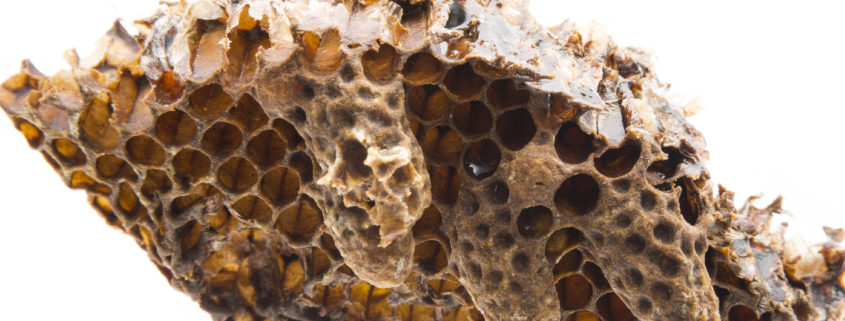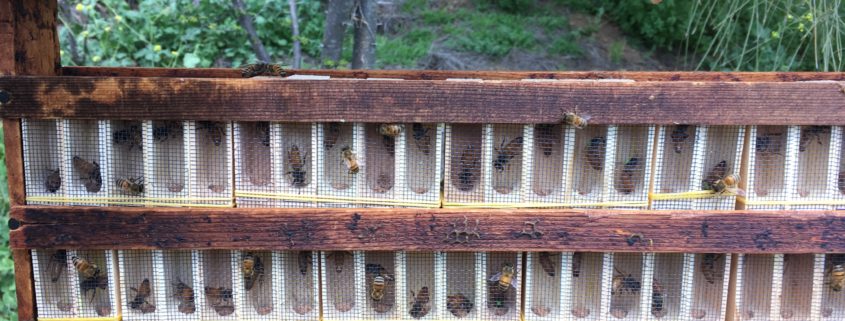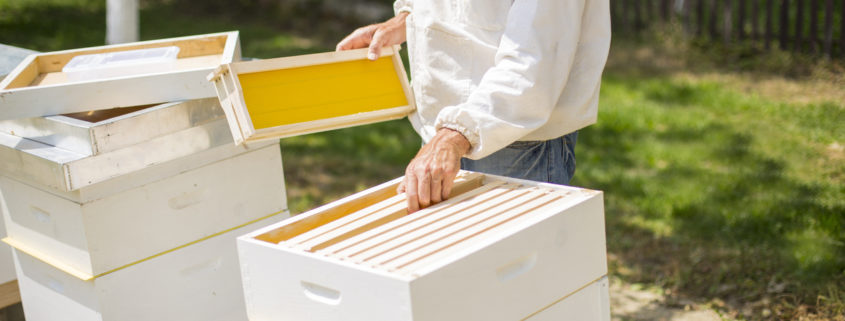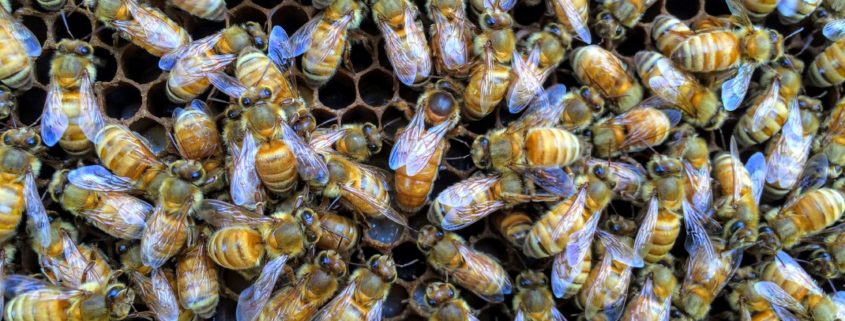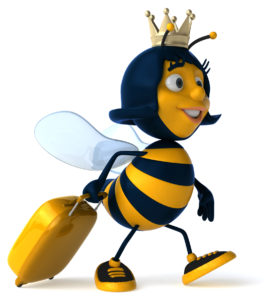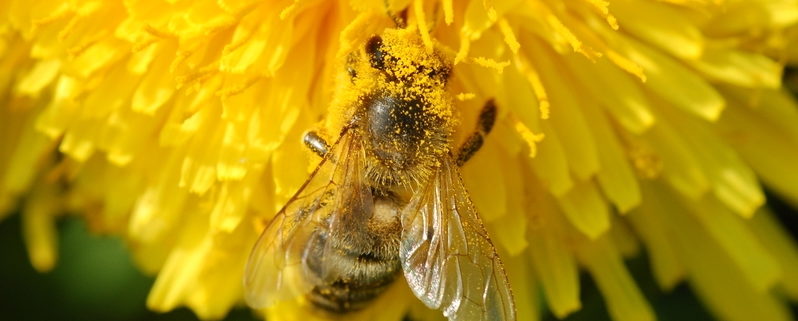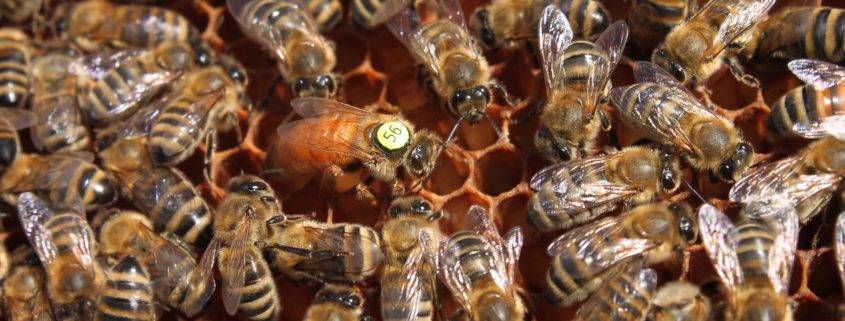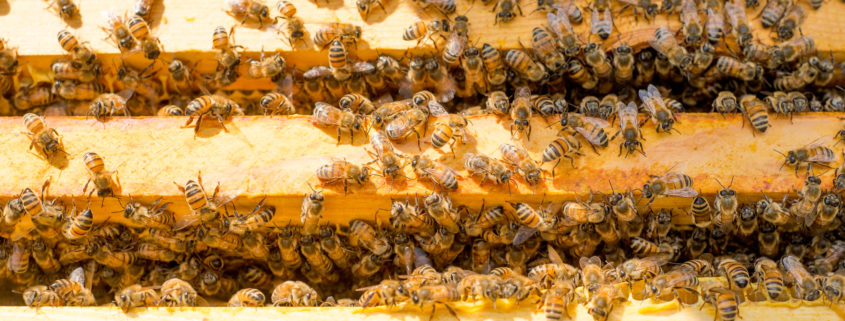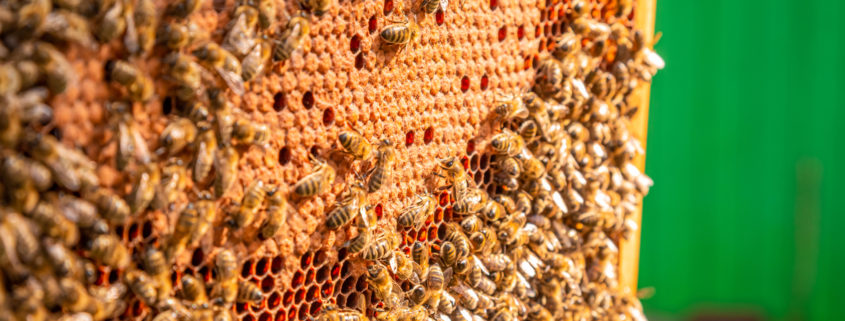Swarming vs. Supercedure Queen Cells
An unmanaged colony of honeybees in nature has only two ways of reproducing itself for the next generation: Either it divides itself by swarming, or it stays put as a single colony and supercedes its queen. In both cases, the original queen is replaced. In the case of swarming, the original queen leaves with the swarm, leaving a set of queen cells that are called “swarm cells.” In the case of when a colony supercedes, the original queen either dies of natural causes or is killed, and is then replaced by the colony. In this case, the colony will raise a set of “supercedure cells.” Both types of queen cells are raised by the colony to hatch out the next generation queen.
An experienced and astute beekeeper will notice that swarm cells are usually formed at the bottom of frames, whereas supercedure cells are formed in the middle of frames. Swarm cells are nearly always of higher quality than supercedure cells. This is because swarm cells, by definition, are constructed during the peak swarming season, which is the ideal time of year for raising well-fed and high-quality queen cells. During the swarming season, pollen is typically readily available, and the colony is able to take advantage of prime conditions for raising the highest-quality queen cells.
Supercedure cells, on the other hand, may be constructed throughout the year. The timing of supercedure cells is not dictated by the season, but rather by the condition of the existing queen. This means that supercedure cells could be formed when conditions are downright poor for raising queens, such as during drought. Sometimes supercedure cells are constructed on an emergency basis (for example, when a queen is accidentally killed by a beekeeper or otherwise dies unexpectedly for other reasons). In its stress and urgency to raise a new queen, a colony may or may not select ideally aged larvae for raising the next generation queen, also possibly resulting in the production of a sub-par queen.
Thus, based on all of the above, it would seem that swarm cells are superior to supercedure cells. But wait . . . not so fast!
While it is true that swarm cells, and therefore the subsequent queens, are often of high quality, however, from the point of view of a beekeeper this is all backwards. From the point of view of the beekeeper, swarming is always an undesirable behavior. No beekeeper would ever be enthusiastic about a queen that was produced as the result of a swarming episode. The queen from a swarm cell, by definition, is a queen from a genetic line that has already proven itself eager to swarm. And no beekeeper wants swarming genetics in their stock.
Actually, for a beekeeper who is managing a domestic colony of bees, neither of the naturally produced queen replacement options that the beehives themselves offer are particularly attractive. The swarm cell contains the wrong kind of genetics, and the supercedure cell can be of lower quality. This perhaps explains why commercial queen production is a necessary and valuable service to beekeepers around the world.
The commercial queen breeder takes the best of both worlds and produces a superior queen. The selection of the stock is taken from colonies that have little or no interest in swarming, thus minimizing the genetic swarming tendency in future generations. The queen producer then raises the carefully selected queen cells in conditions that are designed to mimic the swarming season, thus ensuring the highest quality of the production of the queen herself. Even though a commercial queen is raised in a simulated swarm setting, the genetics of the queen are first carefully selected from a breeding regimen that specifically selects for many desirable characteristics, of which swarming is not one of them!

